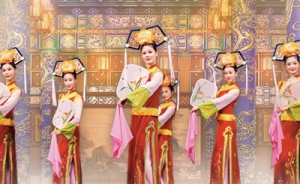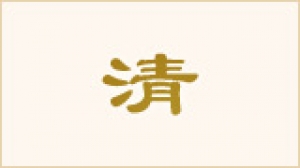Manchurian Dance
In the grand halls at the heart of the Qing Dynasty capital of Beijing, in the palace now known as the Forbidden City, lived young ladies known as gege. The gege (pronounced guh guh) were the imperial princesses and the daughters of the Manchurian aristocracy. Centuries later, they are still revered for their elegance and sense of style.
The Qing Dynasty (1644-1911) was China’s final period under imperial rule. It was the only time the land was ruled by Manchurians—China’s second largest ethnic minority, which hails from the northeast. Today’s gege dances originate from the Qing Dynasty court, during the days of the great Qianlong Emperor.
The most striking features of these dances are the ladies’ gentle poise and ornate attire, which include elaborate headdresses, tassels, handkerchiefs, and unique raised shoes.
Manchurian women did not bind their feet. Instead, the gege wore elevated shoes with a square three to four inch “heel,” which was actually a platform that spanned the length of the sole. They were known as “Flower Pot Shoes” or the less elegant “Horse Hoof Shoes.” The silk shoes have embroidered flower decorations on the sides, but that is not the origin of their name; the name comes from the shape of the footprints they left. The Manchurian ladies who wore them took small, gingerly steps, swinging their arms gently to keep steady. Dancing in these shoes takes even more dexterity and balance, especially when trying to capture the famed gege grace.
April 29, 2018



